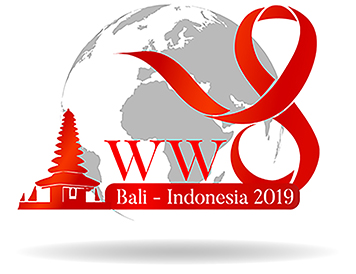Fitria Mailiza
Faculty of Dentistry, Baiturrahmah University, Padang, West Sumatera, Indonesia
Abstract
Background: HIV awareness and stigma around infection is still a major global issue in some countries. There are lots of myths and misconceptions about how you can get HIV. By knowing the facts about how HIV is actually transmitted, you can save yourself a lot of worry and help to bust the false stories and myths repeated by others.
Aims: to improve awareness by increasing knowledge and understanding about HIV transmission and the facts about the risk of contracting HIV from different types of sex, injection drug use, and other activities.
Reviews: Most commonly, HIV is spread by sexual contact with an infected person, by sharing needles and/or syringes (primarily for drug injection) with someone who is infected, through transfusions of infected blood, babies born to HIV-infected women may become infected before or during birth or through breast-feeding after birth. HIV does not survive long outside the human body (such as on surfaces) and it cannot reproduce outside a human host. HIV cannot be transmitted through hugging, shaking hands, sharing toilets, sharing dishes or "social" kissing with someone who is HIV positive, other sexual activities that don't involve the exchange of body fluid (for example, touching). In addition, HIV cannot be spread by mosquitoes, ticks, or other insects.
Conclusion: An increase in knowledge through education and publicised information plays a fundamental role and is a prerequisite in preventing new HIV infections.
Keywords: Transmission, HIV, Myth, Fact


